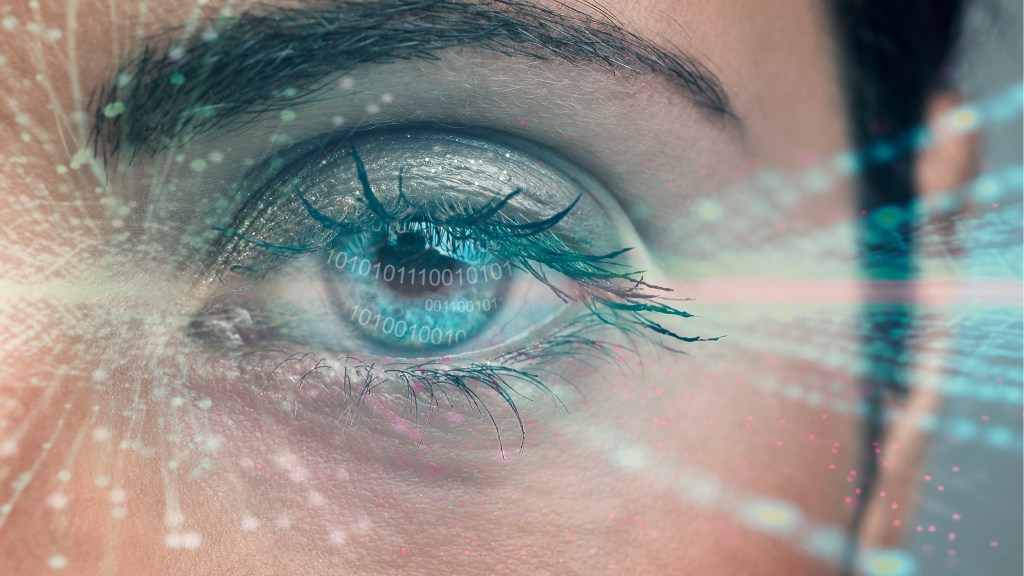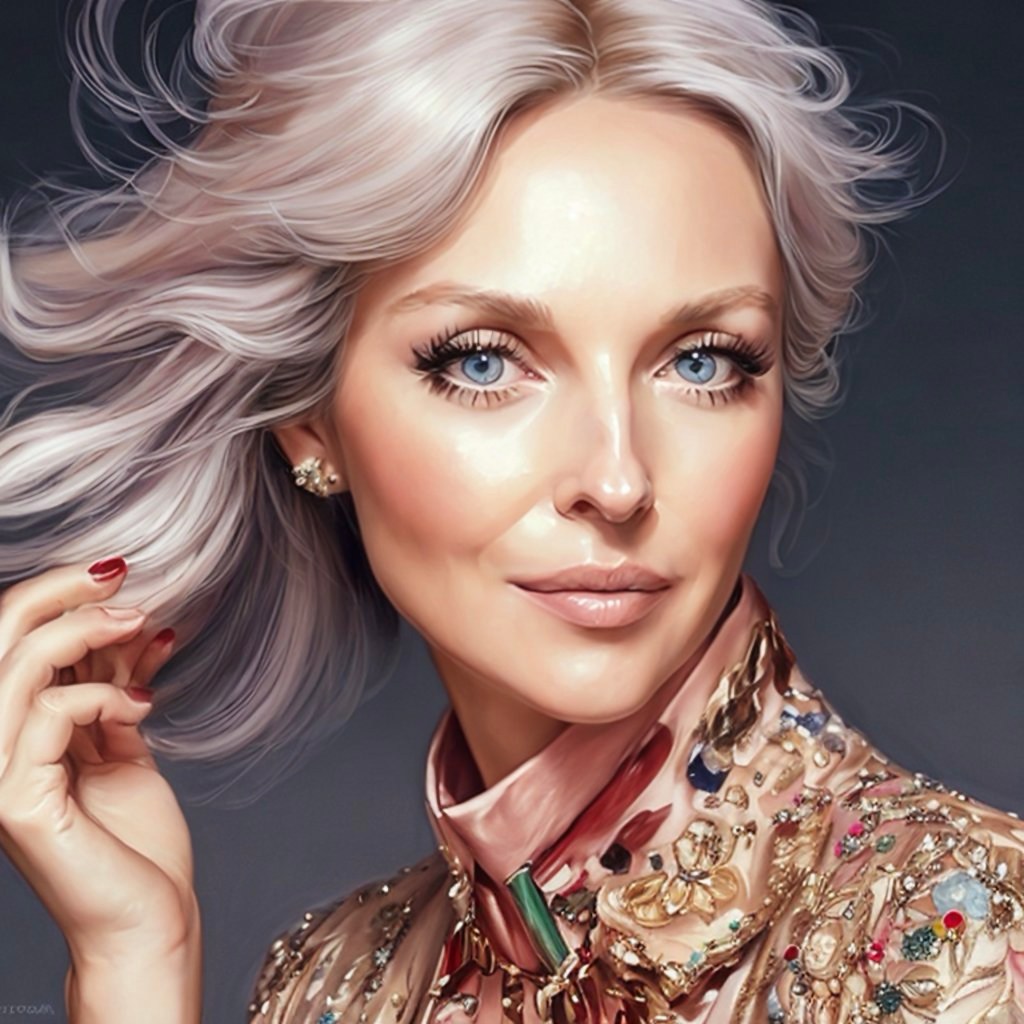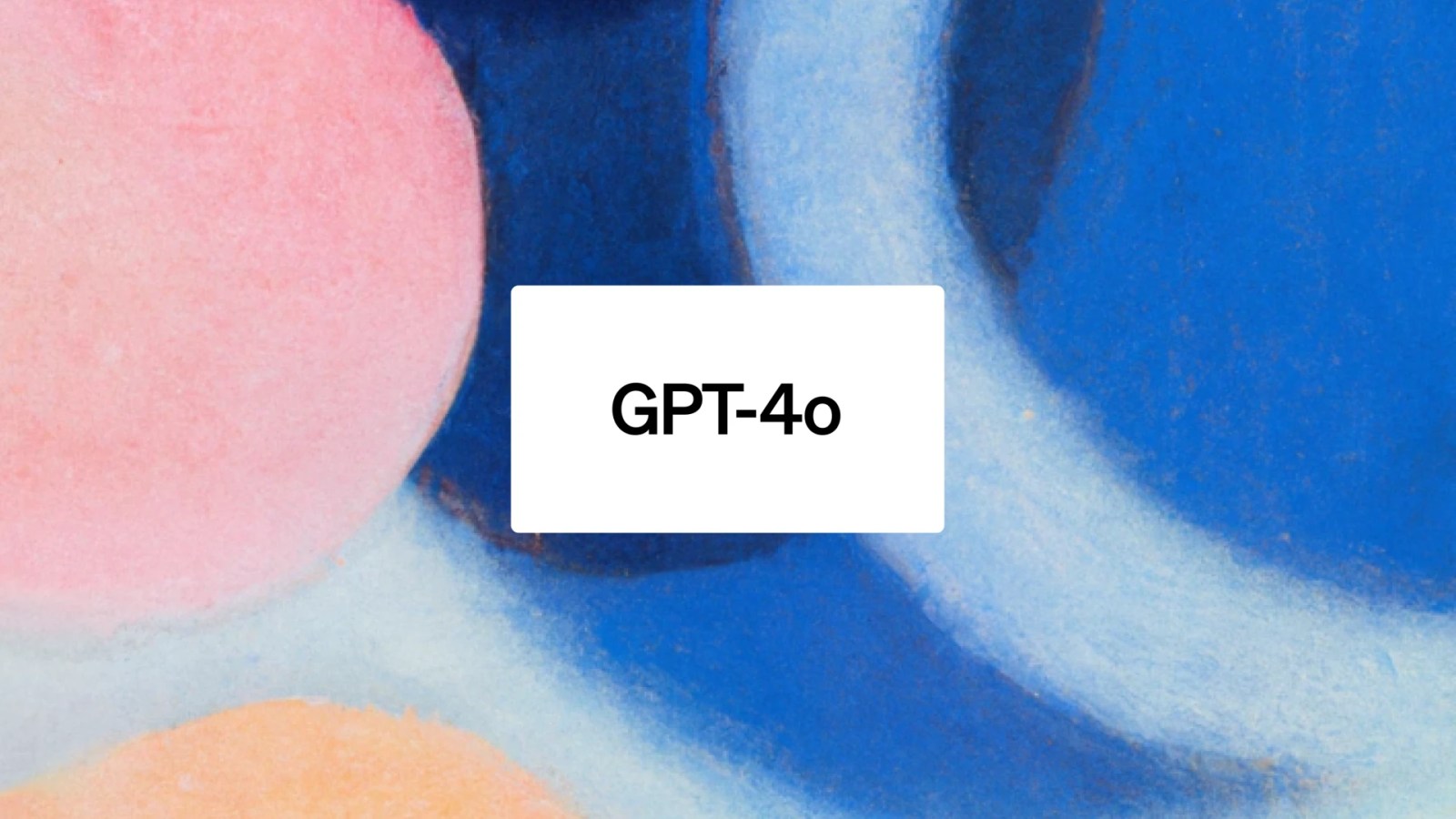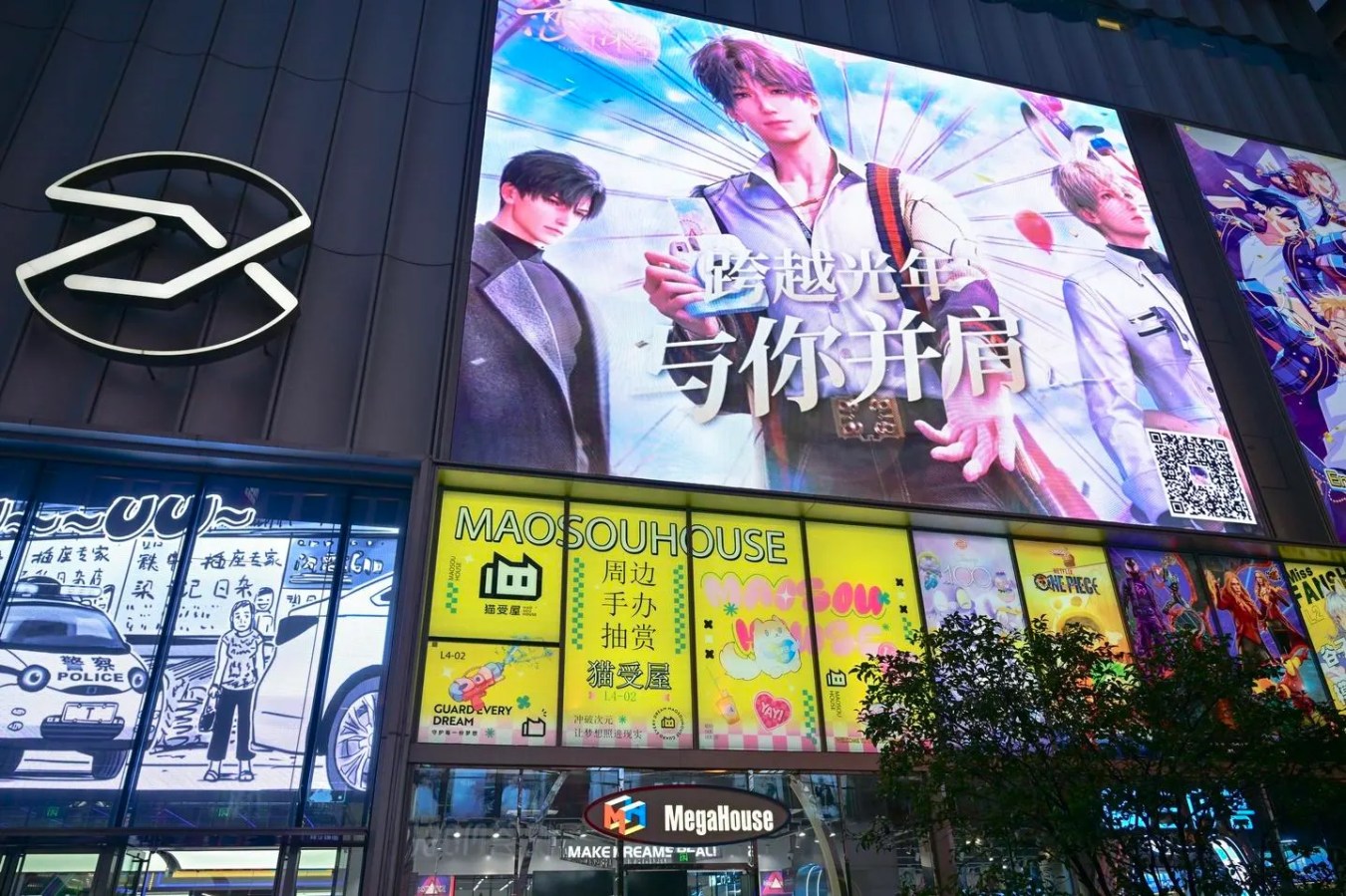Opinion: One giant leap forward for technology but one mammoth step backwards in terms of advancing gender equality?

In the rapidly evolving landscape of artificial intelligence (AI), the quest for gender equality has encountered a roadblock.
While AI technologies hold immense potential to revolutionise industries and societies, the persisting gender biases embedded in these systems have raised concerns about their ability to contribute meaningfully to gender equality.
In ChatGPT’s last update, while commendable in its efforts to rectify gender biases, has not been entirely successful in eradicating them.
When asked for a list of nicknames for little girls and boys – both ChatGPT-4 and GPT-3 provided names like “buddy” and “champ” for boys, and “princess” and “sweetie” for girls.
The limitations in addressing deeply ingrained biases in language models are indicative of the complexity and subtlety of gender nuances.
It prompts a critical examination of the underlying biases present in the data these models are trained on, as well as the necessity for continuous improvement in algorithmic design and governance to ensure equitable outcomes.
Related
In the vast ocean of AI-generated content and “photorealism” (humans making AI photos look more real), the gender disparity is striking.
Shockingly, there are a staggering 15 billion AI images (Everypixel Journal) of non-existent (deep fake) women or images where the likeness of real women has been copied. In stark contrast, there are a meagre 63,000 male AI renders in the same period.
Recent research by Graphika has revealed that in the month of September 2023 alone, 24 million people worldwide visited so-called “undressing” websites — platforms where users can log on and de-clothe individuals using artificial intelligence (AI). “Individuals” meaning mostly women.
When it launched at the end of 2022, the Lensa app faced a huge amount of criticism for producing, amongst other things, hypersexualised images. In January 2024, I downloaded the app and used its “Magic Avatar” feature.
After uploading 16 selfies, I received 100 avatars across my selected avatar categories of quiet luxury, business, and fashion.

Unlike Melissa Heikkila, a reporter for MIT Technology Review, the app didn’t generate any topless avatars of me, but in some of the avatars my bust size and curves were definitely larger than in real life.
Naturally, the dominance of AI-generated content raises legal and ethical concerns. These AI apps draw on existing data from the internet.
Beyond the sheer numbers, the hyper-realistic nature of AI blurs the line between reality and fiction, perpetuating harmful stereotypes and contributing to, and perhaps exacerbating, objectification of women, including the rise of deep fake pornography.
Addressing the gender gap in AI requires a multifaceted and always-on approach. First and foremost, it demands a comprehensive understanding of the biases engrained in the training data and a commitment to diversify datasets to ensure equitable representation.
Ongoing research and development should focus on refining algorithms to detect and rectify biases effectively.
Moreover, there is an urgent need for transparency and accountability in AI development, with companies and researchers taking responsibility for the societal impact of their creations.
Related
Perhaps consumers have a role to play too in being mindful of what data they are “feeding” these apps.
Any leadership team of an AI company ought to be not just attuned but I’d suggest obsessed with these issues, all the way to the top. During Sam Altman’s ousting and reinstatement kerfuffle late last year, Professor Lawrence Summers was appointed as a new board member of Open AI.
However, Summers is known for having made controversial remarks about women in math and science during his Presidency of Harvard University.
As we navigate the boundless potential of AI and how rapidly it’s all unfolding (in the week of 23 January both Apple and Google announced, respectively, their Ferret and Lumiere AI tools), it is crucial to confront and rectify the gender biases embedded in these technologies.
The glaring gender imbalance in AI generated content, coupled with the challenges faced by language models like ChatGPT, underscore the urgent need for a paradigm shift in the development and deployment of AI.
Depending on which report you rely on (World Economic Forum or the UN Women’s Report), we are apparently anywhere between 132 and 286 years away for the world to achieve gender equality.
By fostering inclusivity, transparency, and accountability – at all levels – we can pave the way for AI to become a powerful force for positive change, contributing significantly – and perhaps more swiftly – to the advancement of gender equality in the digital age.
Look back on the week that was with hand-picked articles from Australia and around the world. Sign up to the Forbes Australia newsletter here.




